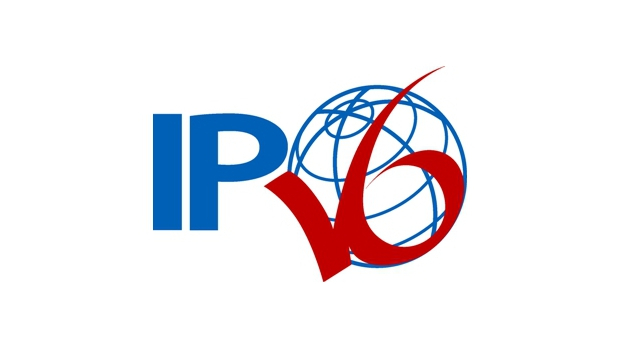For the most part the dire warnings about running out of internet addresses have ceased because, slowly but surely, migration from the world of Internet Protocol Version 4 (IPv4) to IPv6 has begun, and software is in place to prevent the address apocalypse that many were predicting.
But before we see where are and where we are going with IPv6, let us go back to the early days of internet addressing.
What is IPv6 and why is it important?
IPv6 is the latest version of the Internet Protocol, which identifies devices across the Internet so they can be located. Every device that uses the Internet is identified through its own IP address in order for internet communication to work.
The previous version, IPv4, uses a 32-bit addressing scheme to support 4.3 billion devices, which was thought to be enough. However, the growth of the Internet, personal computers, smart phones and now Internet of Things (IoT) devices proves that the world needed more addresses.
Fortunately, the Internet Engineering Task Force (IETF) recognised this 20 years ago. In 1998 it created IPv6, which instead uses 128-bit addressing to support approximately 340 trillion, trillion (or 2 to the 128th power, if you like). Instead of the IPv4 address method of four sets of one- to three-digit numbers, IPv6 uses eight groups of four hexadecimal digits, separated by colons.
Benefits of IPv6
In its work, the IETF included enhancements to IPv6 compared with IPv4. The IPv6 protocol can handle packets more efficiently, improve performance and increase security. It enables internet service providers to reduce the size of their routing tables by making them more hierarchical.
Considering all these advantages, it seems like the industry is taking a long time to migrate from IPv4 to IPv6. Part of the reason is that network address translation (NAT) helped delay the transition. NAT makes it possible to direct traffic to thousands and thousands of individual IP addresses on private networks through NAT gateways that each use up just one public IP address.
Carrier networks and ISPs have been the first group to start deploying IPv6 on their networks, with mobile networks leading the charge. For example, T-Mobile USA has more than 90% of its traffic going over IPv6, with Verizon Wireless close behind at 82.25%. Comcast and AT&T have its networks at 63% and 65%, respectively, according to the industry group World Ipv6 Launch.
Major web sites are following suit – just under 30% of the Alexa Top 1000 web sites are currently reachable over IPv6, World IPv6 Launch says.
Enterprises are trailing in deployment, with slightly under one-fourth of enterprises advertising IPv6 prefixes, according to the Internet Society’s “State of IPv6 Deployment 2017” report. Complexity, costs and time needed to complete are all reasons given. In addition, some projects have been delayed due to software compatibility. For example, a January 2017 report said a bug in Windows 10 was “undermining Microsoft’s efforts to roll out an IPv6-only network at its Seattle headquarters.”
When will more deployments occur?
The Internet Society said the price of IPv4 addresses will peak in 2018, and then prices will drop after IPv6 deployment passes the 50% mark. Currently, according to Google, the world has 20% to 22% IPv6 adoption, but in the US it is about 32%. By contrast, Akamai reports the world leader is Belgium on 46.4%, with the US in second place. Ireland is 53rd, on just 1.5%, behind the such countries as the Faroe Islands and Egypt. The UK is ranked 17th, on 12.8%.
As the price of IPv4 addresses begin to drop, the Internet Society suggests that enterprises sell off their existing IPv4 addresses to help fund IPv6 deployment. The Massachusetts Institute of Technology has done this, according to a note posted on GitHub. The university concluded that 8 million of its IPv4 addresses were “excess” and could be sold without impacting current or future needs since it also holds 20 nonillion* IPv6 addresses. (*A nonillion is the numeral one followed by 30 zeroes.)
In addition, as more deployments occur, more companies will start charging for the use of IPv4 addresses, while providing IPv6 services for free. UK-based ISP Mythic Beasts says “IPv6 connectivity comes as standard,” while “IPv4 connectivity is an optional extra.”
When will IPv4 be “shut off”?
Most of the world “ran out” of new IPv4 addresses between 2011 and 2018 – but we will not completely be out of them as IPv4 addresses get sold and re-used (as mentioned earlier), and any leftover addresses will be used for IPv6 transitions.
There is no official switch-off date, so people shouldn’t be worried that their internet access will suddenly go away one day. As more networks transition, more content sites support IPv6 and more end users upgrade their equipment for IPv6 capabilities, the world will slowly move away from IPv4.
IDG News Service and TechCentral Reporters







Subscribers 0
Fans 0
Followers 0
Followers